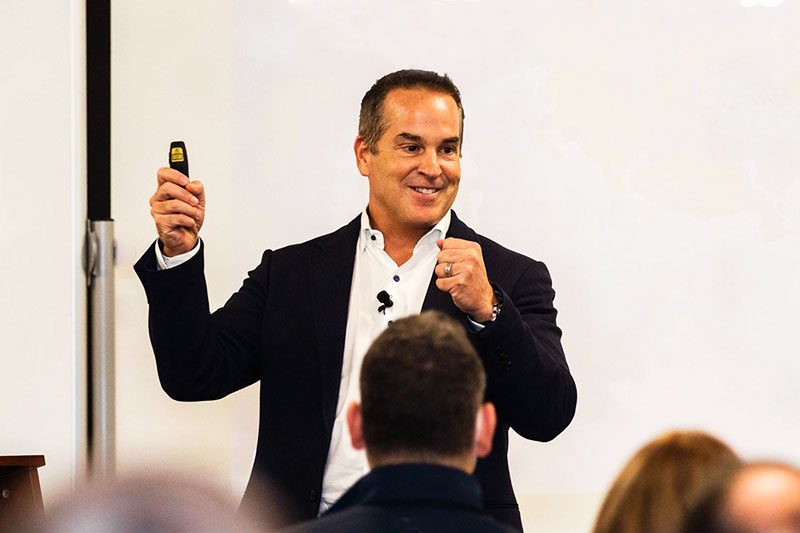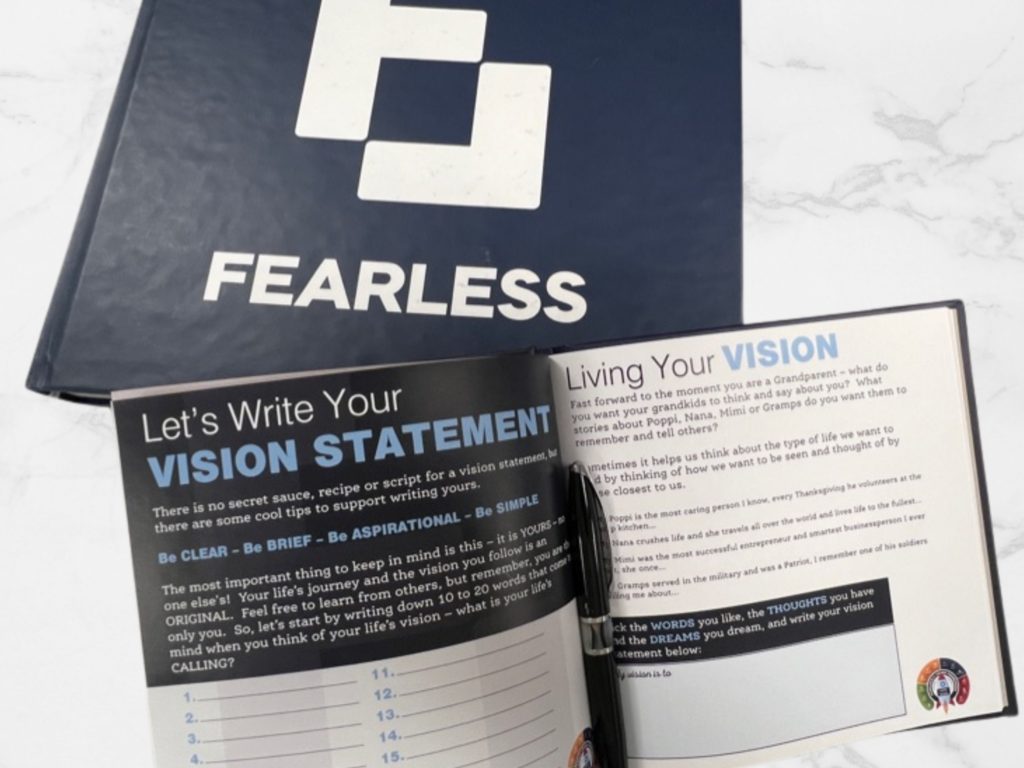Tell people that what they do and how they do it is about to change, and you can expect a variety of responses, such as:
“Everything is working fine; why do we need to change?”
“Here we go, another change. No wonder I don’t have time to get my real work done.”
“Sounds interesting, but what does it mean for me?”
“Sign me up! I love learning new stuff.”
So, how, from these varied perspectives, do you get everyone to competently and enthusiastically row in the same direction?
- Get Comfortable with Varying Levels of Enthusiasm
Before all else, it’s important that you accept and acknowledge that not everyone will be as eager as you about the change and you need to be okay with that—simply insisting when people are resisting will not get you far. For instance, buy everyone free lunch and still find out 20% of people don’t like the choice you made. Its not you, its just life.
- Clearly Communicate the Why and How of the Change
The prospect of change often creates Fear, Uncertainty, and Doubt (FUD). You can head off much of that FUD with facts and clarity. Be clear about what this change will lead to for the business and for individual employees. Share this message with your employees as soon as is appropriate, because whether you tell them or not, they will hear about it. If they hear it from sources other than leadership, they will wonder why the company hasn’t been forthcoming about the change, and their FUD and distrust will gain momentum.
- Be Empathetic
While the change is being made to the corporation, how your employees are impacted by the change is personal. Listen to your employees’ concerns and offer them the necessary information and support to address those concerns. Only then can you begin to gain buy-in from those resistant to the change.
- Build a Clear Roadmap
The best way to get someone to where you need them to go is to show them the way. Create a clear roadmap that demonstrates every employee’s role in the change and the support and resources they will receive to be successful. For tips to get you started, see my post How to Set Goals Up and Down the Ladder to Achieve Your Vision.
- Provide the Support and Resources Needed for Everyone’s Success
You’ve outlined the support and resources employees will receive; now you must make them available and accessible. It’s important to provide ongoing assessments of how those supports and resources are working throughout the change process and make necessary adjustments along the way. A key component of the assessment process is checking in with employees to see how they feel the change is going. What’s working? What’s impeding their success? What are their ideas on how to improve the change process?
- Communicate, Communicate, Communicate
Communication is essential to all the steps above. Here are techniques that should be incorporated into all your communication.- Make sure your message is clear and consistent and that everyone in the company understands (not just recites) it, and that they too are able to communicate it consistently.
- Communicate your message in ways that work for your employees. That may include a combination of channels, such as weekly email updates, monthly town hall meetings, and daily stand-ups.
Implementing all these practices consistently will alleviate your employee’s FUD and build the trust, competence, and confidence needed to thrive in any changes that come their way.














